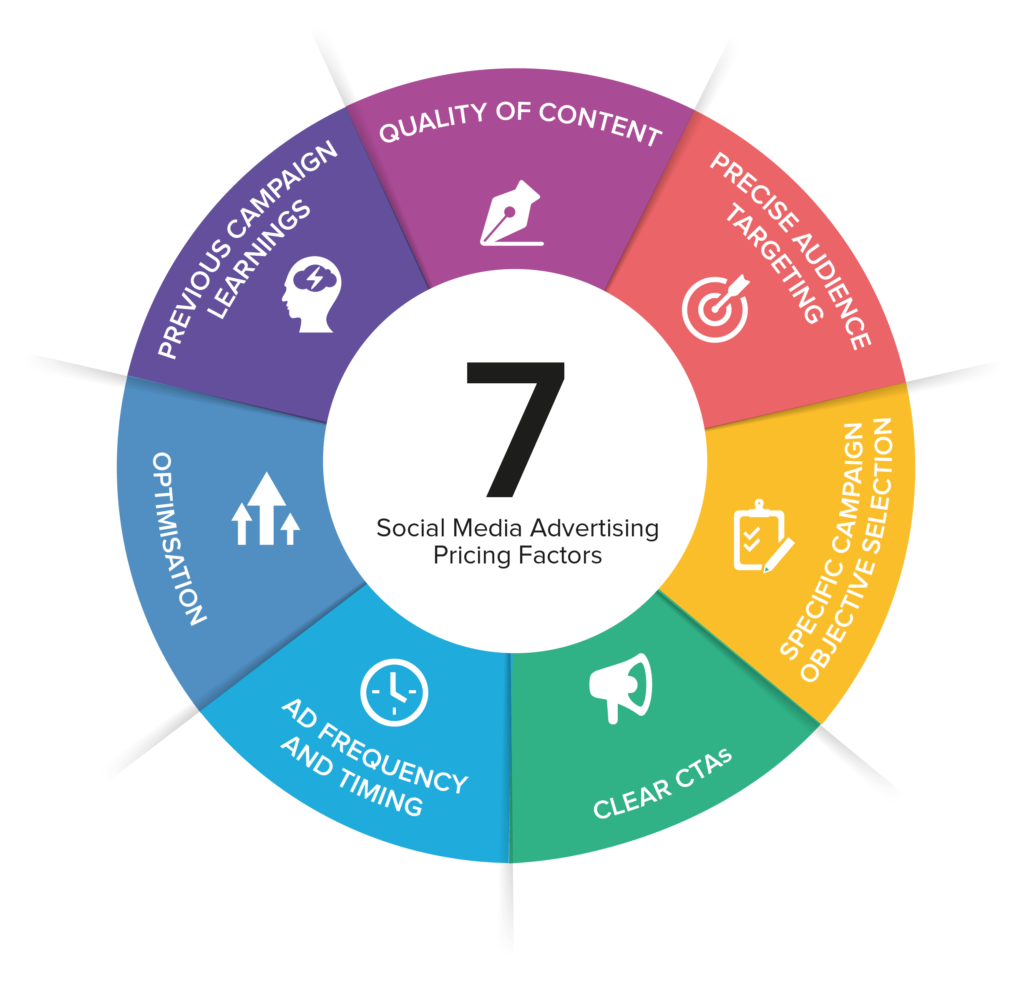What are the 7 most important techniques that drive the cost of media down, whilst increasing return on advertising spend?
Here at Arke, we work with a wide selection of clients, from entertainment corporations and travel companies, to universities and education providers. Our clients all share a common characteristic: they are relentlessly trying to understand Millennials and Generation Z, their motivations and how these drives behaviour.
As a specialist advertising agency, we are therefore in a unique position as we observe, analyse and learn across 1000’s of campaigns what works.
Every client Arke works with have successfully reduced the cost of their advertising whilst increasing their quality & conversion outcomes.
So, how do we reach, engage and convert more of Millennial and Generation Z for our clients for less, successfully increasing return on advertising spend?
Let’s look at one crucial tactical approach: Social Media Advertising.
First, let’s address the glaringly obvious over recent years:
“If you want to reach more prospective customers through social media, you need to pay via their advertising inventory.”
Ok, so now we’ve addressed that, let’s tell you how to ensure you are getting the best value for every penny you invest in this form of advertising:
There are 7 primary factors that impact the price that you will pay for each 1000 impressions (cpm) and every click (cpc)

1. Quality of content
Not the easiest to quantify. However, using high definition imagery and / or video content (4k if possible), keeping this between 7 – 15 seconds long, using short and succinct copy and optimising for mobile (think 9:16 format stories) will enable you to keep costs down over your competitors. Remember, social is swamped with poor user-experience content, and the platforms are trying to clean this up by penalising poor-quality paid content with a greater price to serve it.
2. Target the right audiences
Seems the most obvious, right? Segment your audiences efficiently and effectively.
Make sure you layer your targeting options on top of lookalike audience data, gathered from your current customers or prospects. This significantly improves conversion outcomes and reduces wasted media spend. If you are unsure about this and the options available, feel free to speak to an expert
3. Choose the right campaign objectives
This is fundamental to enable the platforms to work for you. Selecting the most appropriate campaign objective means that the correct algorithm will be employed to drive more of those desired outcomes. If it’s brand reach & engagement you want (say on Instagram) then select so. However, don’t then judge the effectiveness of the campaign against traffic back to your website, as you’ll only upset yourself and nobody wants that – least of all us!
4. Be clear in your call-to-actions and encourage engagement
I know, I know. Marketing 101. However, you should always challenge your content to ensure you clearly express what you want the users to do. Ambiguity of messages and user actions will only mean that the algorithms that are evaluating your ads’ relevancy to users will get confused. And guess what? Your cost to serve goes up.
5. Keep ad frequency down to a minimum and time them appropriately
If you’ve done everything above correctly, then you won’t have to worry about this step. Better targeting means less reach, but more relevant audiences reached. They are going to love your content because it is high quality and is clear in message. So, there is no need for a high ad frequency as it will cut-through and resonate with them almost straight away. Right?! But honestly, don’t serve them the same content every day for 4 weeks. What a jarring experience of your brand or message. And make sure you appear at the most relevant time for your audiences, when they are using the platform, and don’t display when they are not. Simple.
6. Optimise, optimise and optimise
It is vital if you want to maximise budget and outcomes and reduce wastage. Optimise the audiences based on their engagement and behaviour. Optimise the content accordingly, as well as the time of day you appear and your bidding strategy and price. These are live auction ad inventories. Variables change, behaviours change, competitors change. Observe and adapt accordingly.
7. Learn, repeat, take a holiday.
I know this sounds and seems obvious. But measure, record, analyse and repeat what you have learnt. Learn what is working but more importantly what is not working. Then do more of the first bit and less of the second. It’s all a process and it doesn’t stop. However, if you keep applying your learning, then you can hopefully stop and maybe take a holiday, leave your campaigns in capable hands and with a bullet proof handover. Just maybe…
If you’re lucky enough to already work with Arke then you’ll be pleased to know that all of this is being done and taken care of every day by your project team.
If you have any questions or wish to discuss how to optimise your return on advertising spend, your social advertising strategy, or any other aspect of your marketing, then don’t hesitate to contact one of our friendly experts.







